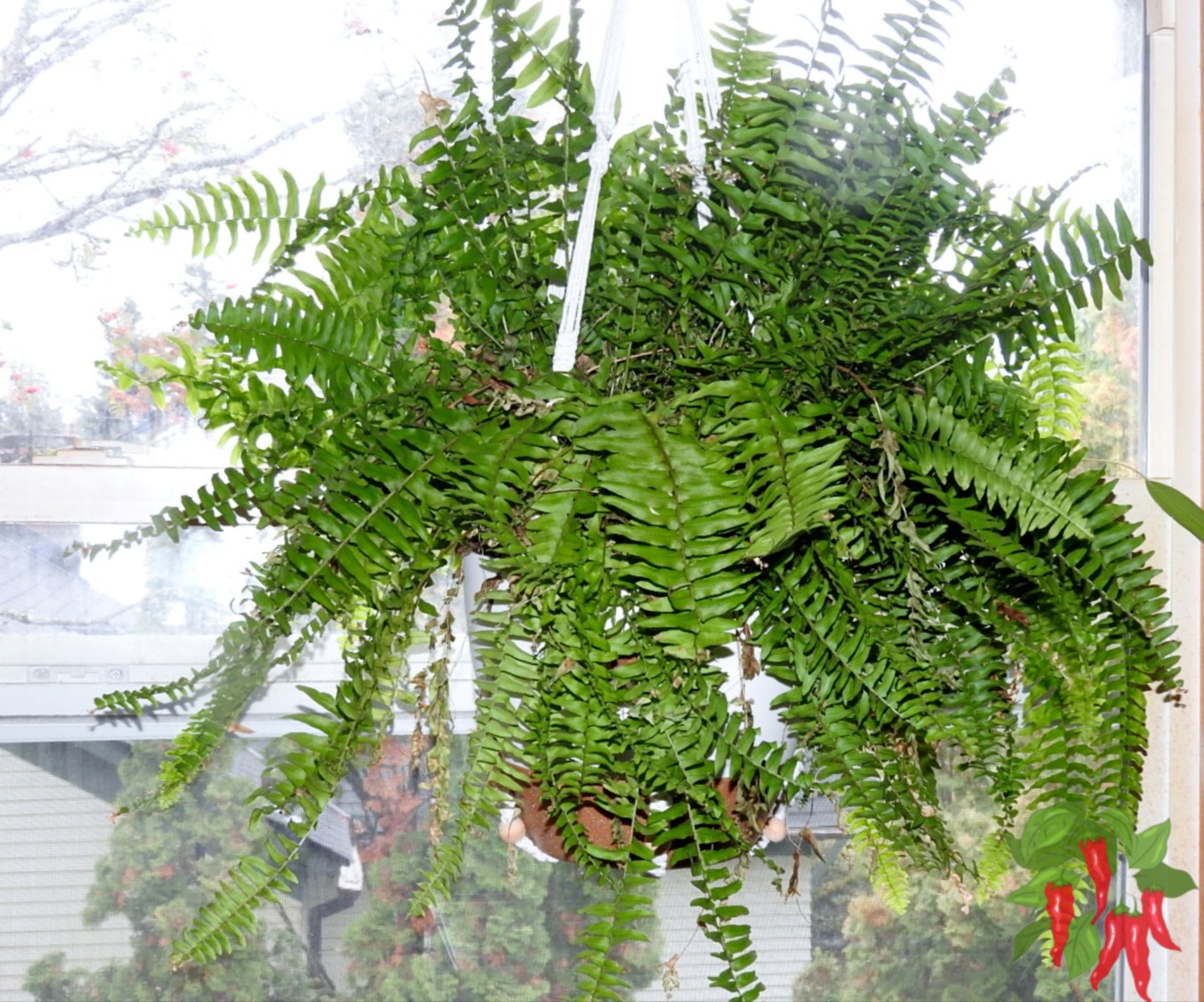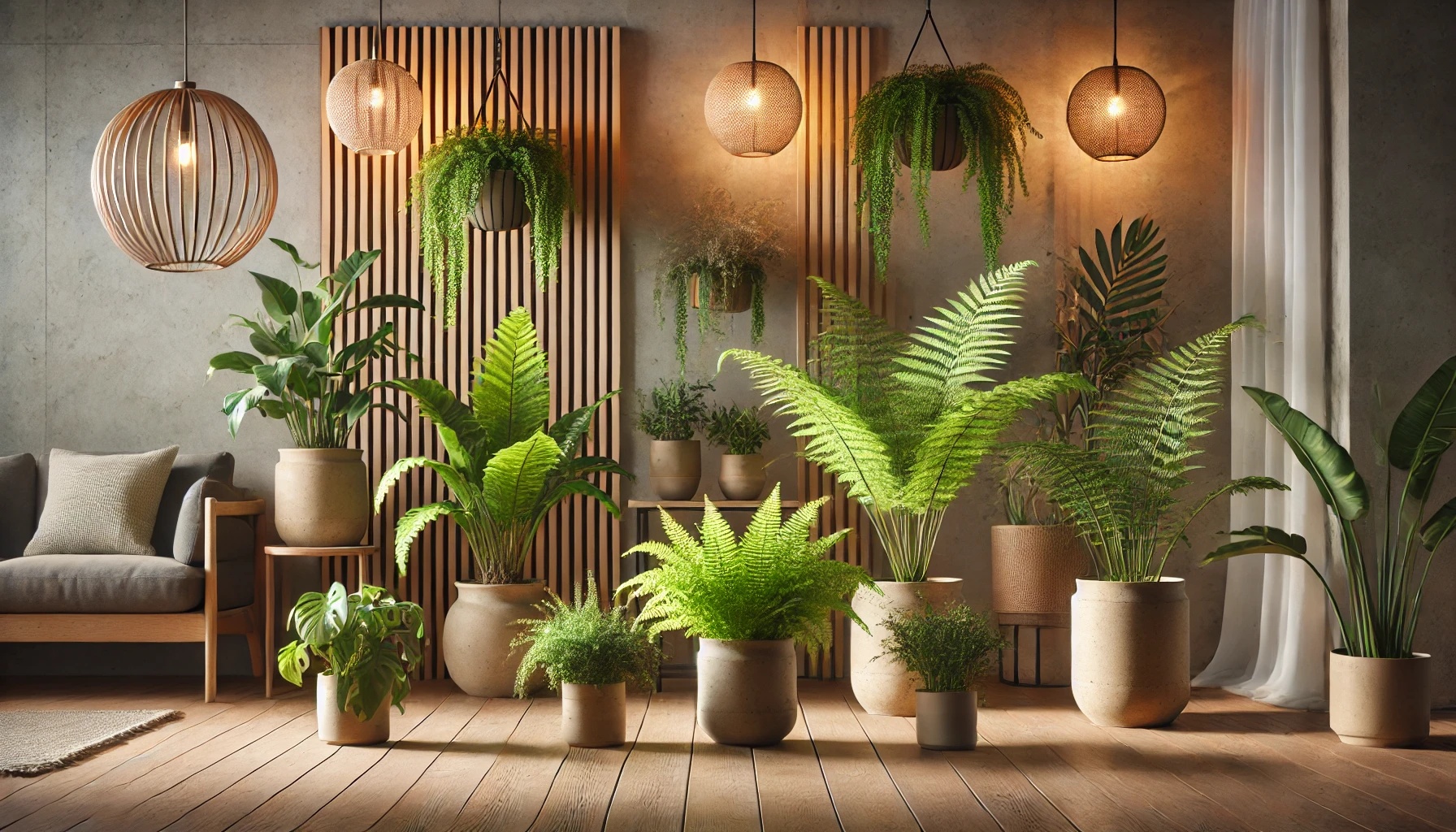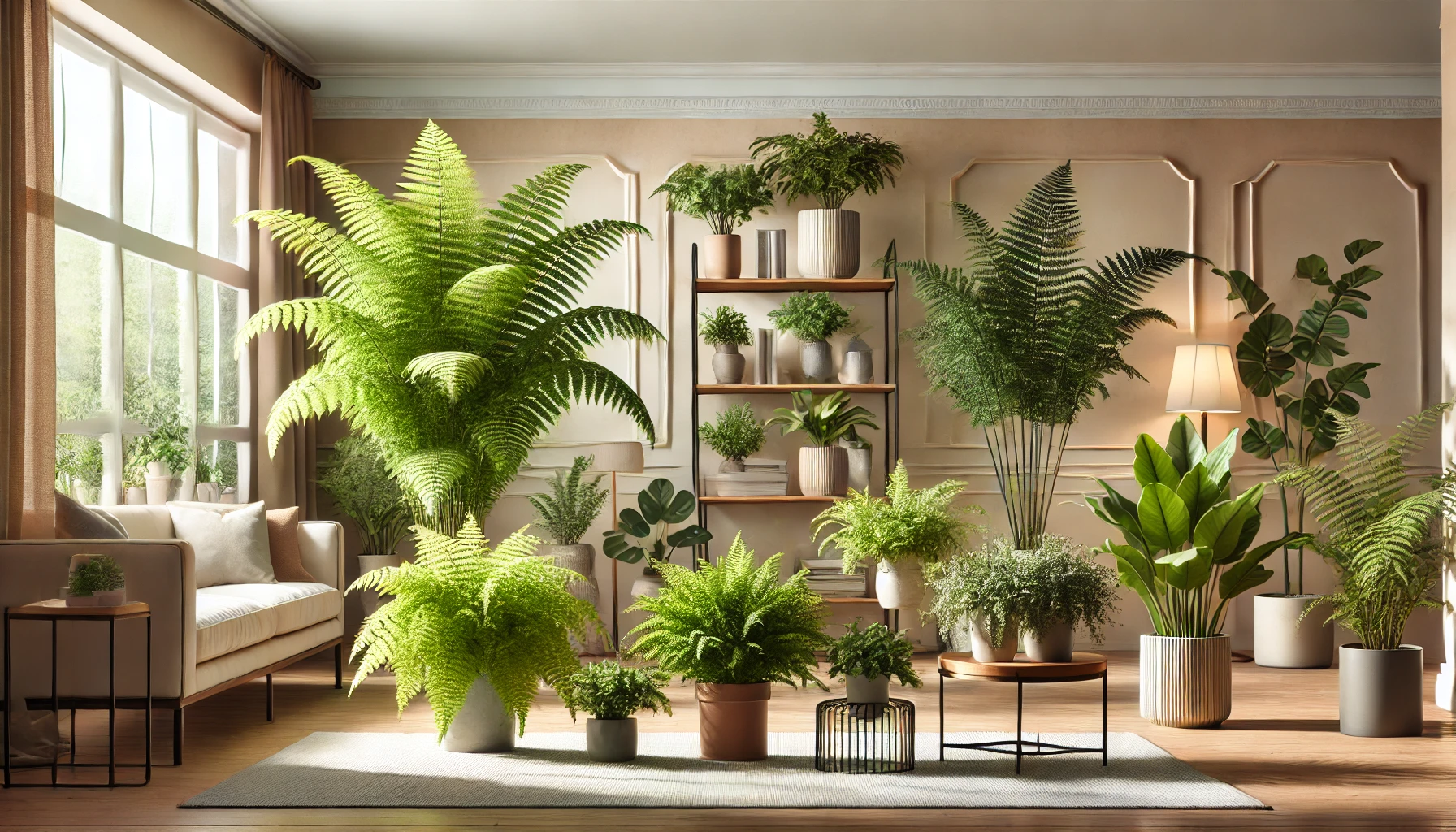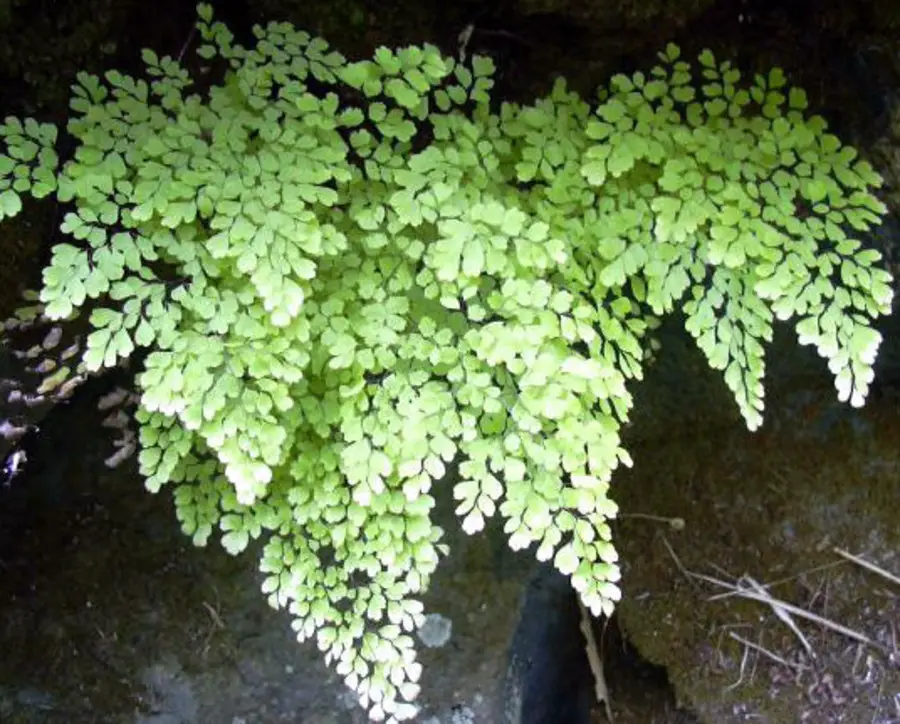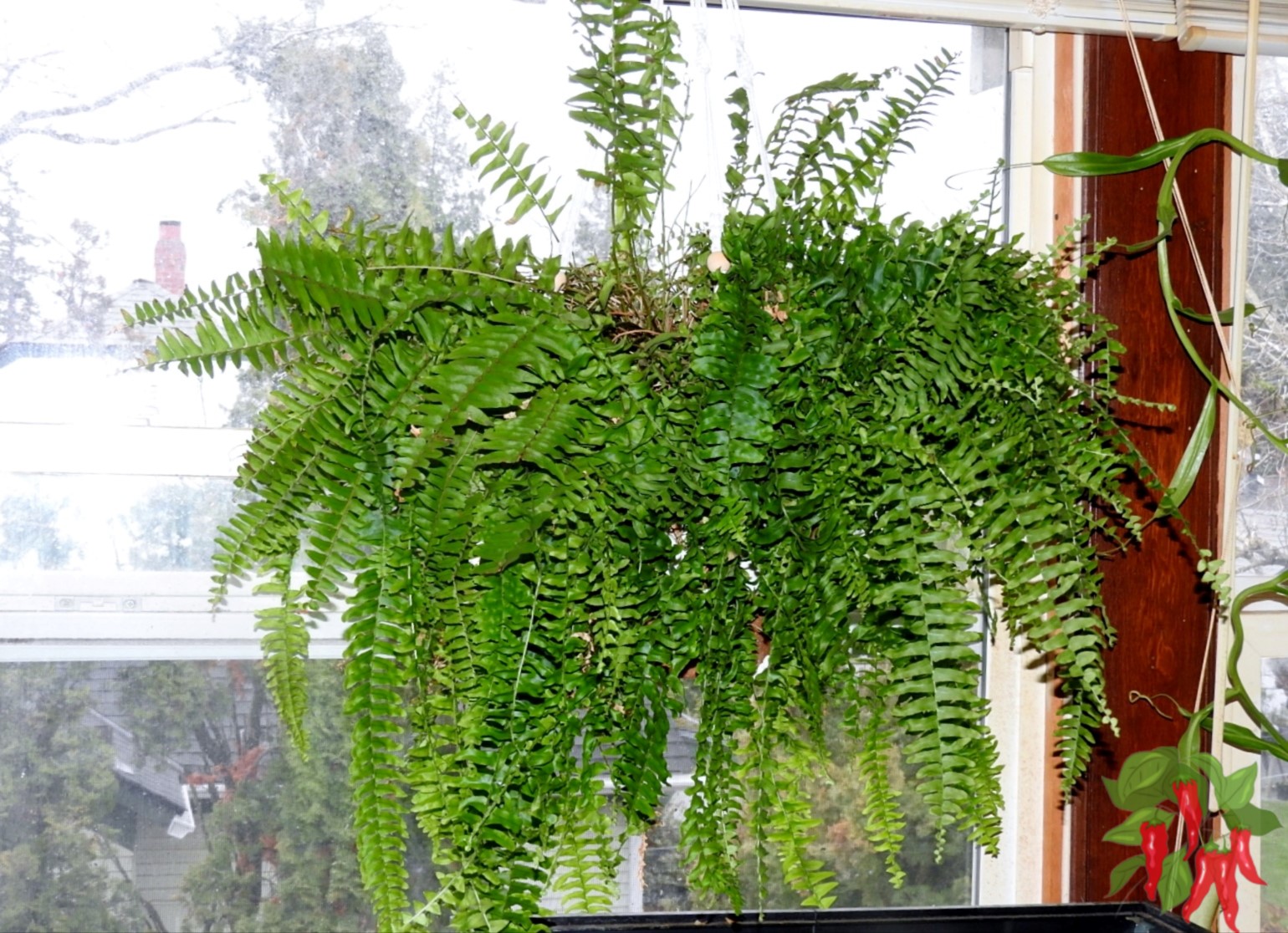This post contains affiliate links. If you buy something from one of our links we may earn a commission. Thanks
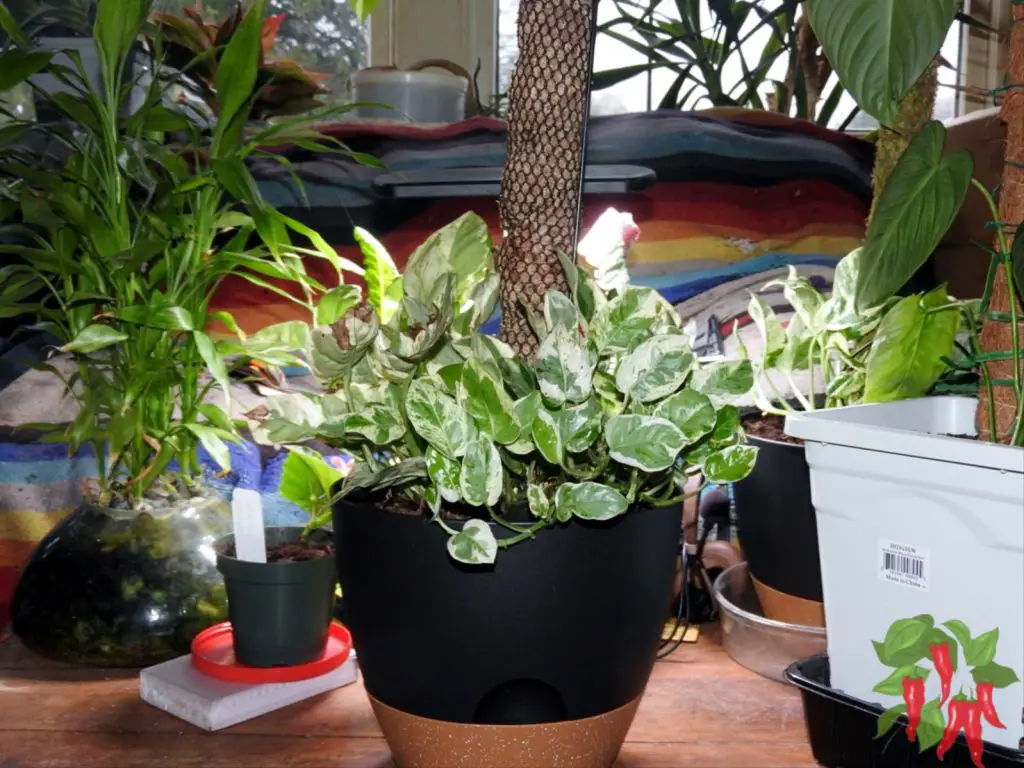
Learn the Best Practices for Caring for Shade-Loving Plants so you can turn those dim corners into lush, green oases!
Struggling to keep plants alive in your shadiest spots? Don’t worry – with a few simple tricks, you can help your shade-dwellers thrive.
Let’s dive into how to give your low-light lovers the TLC they need to flourish and transform those dark spaces into vibrant indoor jungles!
Caring for Shade-Loving Plants Key Takeaways
- Best Practices for Caring for Shade-Loving Plants include providing consistent moisture without overwatering,
- Using well-draining soil mix,
- Ensuring adequate indirect light,
- Maintaining high humidity, and regular cleaning of leaves.
- Choose plants adapted to low light conditions.
- Monitor for pests and diseases, and adjust care seasonally.
- Proper fertilization and occasional pruning promote healthy growth in shade environments.
Best Practices for Caring for Shade-Loving Plants:
Understanding Shade Plants’ Needs
Before diving into specific care practices, it’s crucial to understand what makes shade-loving plants unique.
These green wonders have evolved to thrive in low-light conditions, often mimicking their natural habitats on forest floors or in the shadow of larger plants.
By understanding their specific needs, we can create an environment that allows them to flourish, even in the dimmest corners of our homes or offices.
Key aspects to consider:
• Light requirements: While they tolerate shade, most still need some indirect light
• Water needs: Often less than sun-loving plants, but consistent moisture is crucial
• Humidity preferences: Many shade plants love humid environments
• Growth patterns: Typically slower growth compared to sun-loving plants
Watering Techniques
Mastering the art of watering is crucial for the health of your shade-loving plants. While these plants generally require less water than their sun-loving counterparts, finding the right balance is key.
Overwatering can be just as harmful as underwatering, especially in low-light conditions where evaporation is slower.
Let’s explore some watering techniques that will keep your shade plants happy and hydrated.
Best practices for watering shade plants:
• Check soil moisture regularly: Use your finger or a moisture meter
• Water deeply but less frequently: This encourages deeper root growth
• Adjust watering based on seasons and growth patterns
• Use room temperature water to avoid shocking the roots
• Consider bottom watering for even moisture distribution
• Ensure proper drainage to prevent waterlogging
Soil and Fertilization
The right soil mix can make all the difference for your shade-loving plants. A well-draining, nutrient-rich medium provides the perfect foundation for healthy growth.
While traditional potting soils can work, a mix of coco coir and perlite offers several advantages for shade plants.
Let’s delve into creating the ideal growing environment for your low-light green friends.
Recommended soil mix:
• 70% coco coir
• 30% perlite
Advantages of coco coir and perlite mix:
 Canna Coco Brick 40l Expandable Natural Plant Medium Soil Substrate, 40 Liter Expanded – 8 Liter Dry, Reusable
Canna Coco Brick 40l Expandable Natural Plant Medium Soil Substrate, 40 Liter Expanded – 8 Liter Dry, Reusable
• Excellent water retention without becoming waterlogged
• Superior aeration for root health
• pH neutral, suitable for most shade-loving plants
• Sustainable alternative to peat-based soils
• Naturally resistant to fungi and pests
Fertilization tips:
• Use a balanced, water-soluble fertilizer at half strength
• Fertilize monthly during the growing season
• Reduce or stop fertilization during winter months
• Consider using organic fertilizers for slow, steady nutrient release
Light Management
While shade-loving plants are adapted to low-light conditions, they still need some light to thrive.
Managing light exposure for these plants is about finding the right balance – enough light for photosynthesis without risking leaf burn or stress.
Let’s explore how to optimize light conditions for your shade plants, even in the dimmest corners of your space.
Strategies for light management:
• Identify different shade levels in your space (partial shade, full shade)
• Rotate plants regularly for even light exposure
• Use reflective surfaces to bounce light to your plants
• Consider artificial lighting options for very low light areas
• Clean leaves regularly to maximize light absorption
• Observe your plants for signs of too much or too little light
Humidity Control
Many shade-loving plants hail from humid environments like tropical forests. Replicating these conditions in our homes can greatly boost plant health and vitality.
High humidity not only keeps leaves lush and green but also helps prevent issues like brown leaf tips.
Let’s explore some effective ways to increase and maintain humidity for your shade plants.
Methods to increase humidity:
• Group plants together to create a microclimate
• Use pebble trays filled with water beneath pots
• Invest in a humidifier for larger areas
• Mist plants regularly, focusing on the air around them
• Place plants in naturally humid areas like bathrooms (if light allows)
• Use terrariums or glass cloches for small plants
Pruning and Maintenance
Regular pruning and maintenance are key to keeping your shade-loving plants healthy and attractive.
While these plants often grow slower than sun-lovers, they still benefit from occasional trimming and grooming.
Proper maintenance not only enhances appearance but also promotes healthier growth and prevents potential issues.
Let’s dive into some essential pruning and maintenance practices for shade plants.
Pruning and maintenance tips:
• Remove dead or yellowing leaves promptly
• Trim leggy growth to encourage bushier plants
• Clean leaves regularly to remove dust and increase light absorption
• Repot when necessary, typically every 2-3 years
• Check and clean pots and saucers to prevent pest issues
• Rotate plants quarterly for even growth
Pest and Disease Management
Even in low-light conditions, shade-loving plants can fall victim to pests and diseases.
In fact, the humid conditions that many shade plants prefer can sometimes create an inviting environment for certain pests.
Early detection and prevention are key to maintaining healthy plants. Let’s explore common issues faced by shade plants and how to address them effectively.
Common pests and diseases:
• Spider mites
• Mealybugs
• Fungus gnats
• Root rot
• Powdery mildew
Prevention and treatment:
• Regularly inspect plants, including leaf undersides
• Maintain good air circulation
• Avoid overwatering, which can lead to fungal issues
• Use neem oil or insecticidal soap for pest control
• Isolate affected plants to prevent spread
• Consider beneficial insects for natural pest control
Seasonal Care
While indoor environments are more stable than outdoor ones, seasonal changes can still affect your shade-loving plants.
Changes in daylight hours, temperature, and humidity levels can impact plant health and growth patterns.
Adjusting your care routine throughout the year ensures your plants remain healthy and vibrant regardless of the season.
Let’s explore how to adapt your plant care as the seasons change.
Seasonal care considerations:
• Reduce watering and fertilization in winter months
• Increase humidity during dry winter air with a humidifier
• Protect plants from cold drafts near windows
• Adjust light exposure as daylight hours change
• Watch for signs of new growth in spring and adjust care accordingly
• Consider supplemental lighting in darker winter months
Special Considerations for Different Types of Shade Plants
While shade-loving plants share many care requirements, different species can have unique needs.
Understanding these specific requirements can help you tailor your care routine for optimal plant health.
Let’s explore some popular categories of shade plants and their special considerations.
Ferns:
 Costa Farms Boston Fern Live Plant, in Hanging Basket, 1-2 Feet Tall and Wide
Costa Farms Boston Fern Live Plant, in Hanging Basket, 1-2 Feet Tall and Wide
• Prefer high humidity
• Sensitive to temperature fluctuations
• May need more frequent watering
Tropical foliage plants (e.g., Pothos, Philodendron):

Costa Farms Live Indoor Philodendron Birkin Plant, in Decor Plant Pot, 12-Inches Tall
• Adapt well to various light conditions
• Benefit from occasional misting
• Can be prone to root rot if overwatered
Low-light succulents (e.g., Snake Plant, ZZ Plant):
 Costa Farms Premium Live Indoor Snake Sansevieria Plant Shipped in Décor Planter, 2-Feet Tall
Costa Farms Premium Live Indoor Snake Sansevieria Plant Shipped in Décor Planter, 2-Feet Tall
• Extremely drought tolerant
• Prefer to dry out completely between waterings
• Can tolerate very low light but grow faster with more light
Flowering shade plants (e.g., Peace Lily, African Violet):
 Costa Farms Peace Lily Live Indoor Plant, Elegant Air Purifying Houseplant with Blooming Fresh Flowers, Decor Plant Pot, 15-Inches Tall
Costa Farms Peace Lily Live Indoor Plant, Elegant Air Purifying Houseplant with Blooming Fresh Flowers, Decor Plant Pot, 15-Inches Tall
• May need slightly more light to promote blooming
• Often sensitive to water quality (consider using filtered water)
• Benefit from deadheading spent blooms
Conclusion: Caring for Shade-Loving Plants
Caring for shade-loving plants can be a rewarding experience, transforming dim corners into lush, green havens.
By understanding and implementing these best practices, you can ensure your low-light plants not only survive but thrive.
Remember, every plant is unique, so observe yours closely and be ready to adjust your care routine as needed.
Key Takeaways:
• Understand the specific needs of shade-loving plants
• Use a well-draining soil mix, like coco coir and perlite
• Water consistently but avoid overwatering
• Manage light exposure, even in low-light conditions
• Maintain high humidity for tropical shade plants
• Prune and clean regularly for healthy growth
• Monitor for pests and diseases, addressing issues promptly
• Adjust care seasonally
• Tailor care routines to specific types of shade plants
• Observe your plants and be willing to adapt your care approach
By applying these principles and continuing to learn, you’ll be well on your way to creating a thriving indoor oasis of shade-loving plants.
Happy gardening in the shadows!
🌤️ Best Indirect Sunlight Plants
Looking for houseplants that thrive without direct sun? Explore these guides on the best plants and care tips for low to medium light spaces!
- 🌿 Best Indirect Sunlight Plants (Pillar Guide)
- 🌱 Dracaena Golden Heart Care
- 🍃 Begonia Maculata Care
- 🌸 How to Grow Hoya Krimson Queen
- 🪴 Caring for Shade-Loving Plants
- 🔍 How to Identify Plants that Thrive in Indirect Sunlight
- 🐍 Rattlesnake Plant Care
- 🌿 How to Care for Monstera
- 💛 How to Care for Golden Pothos
- 🎨 How to Care for Calathea
- 🌱 How to Care for Dieffenbachia
- ✌️ How to Care for Peace Lily
- 🖤 How to Care for ZZ Plant
- 🪟 Container Gardening for Limited Light
- 💡 Decorating Dim Corners & North-Facing Spaces
- 🌼 How to Grow Peperomia
- See all articles in our Indirect Sunlight Plants category
Related Content
Visit my Amazon Influencer Page for videos and gardening products Grow Your Own Garden

